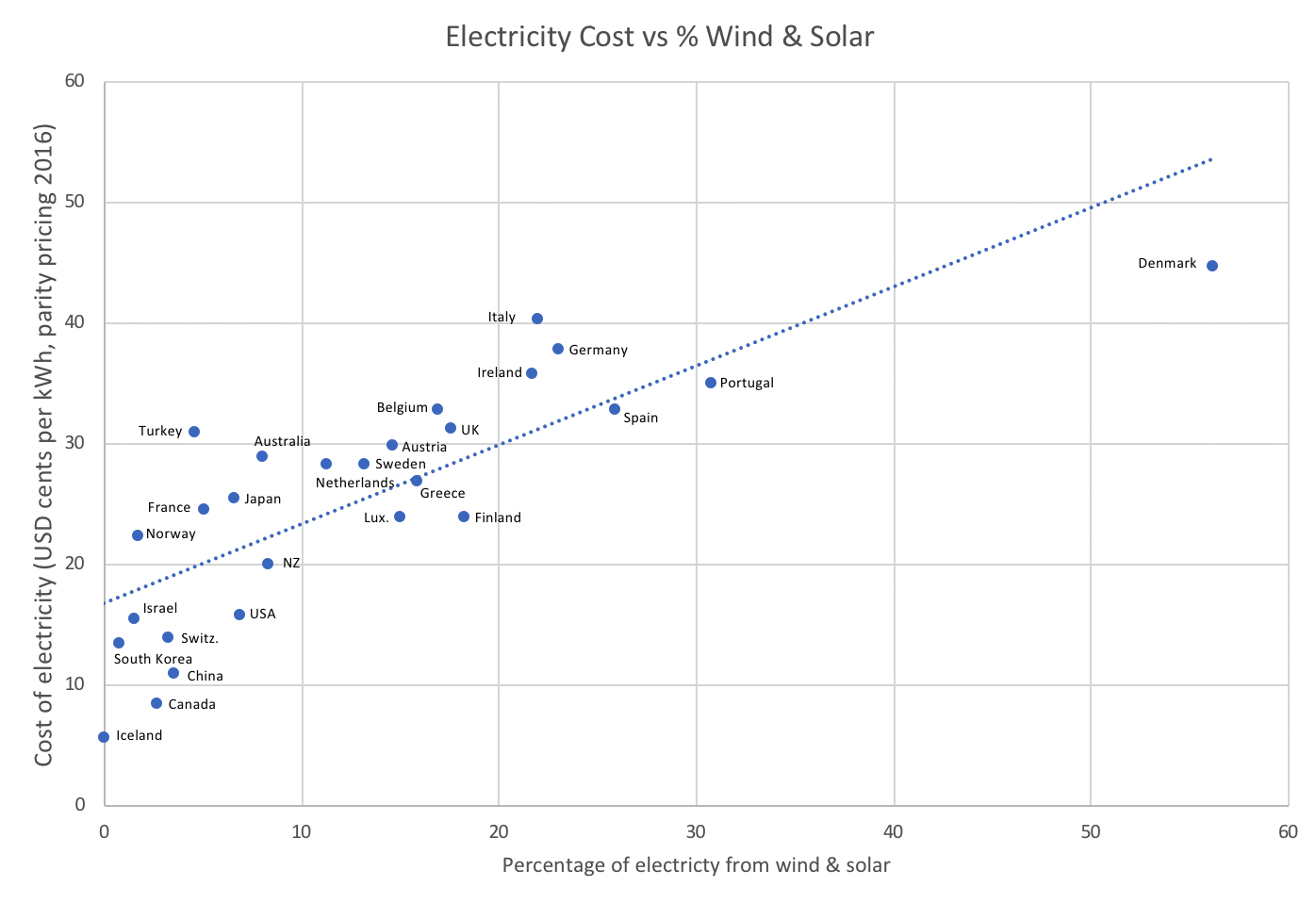Investor News
Alinta drops its electricity price thanks to brown coal
All electricity retailers, bar one, have raised electricity prices.
Since July 2017, we've been hit by the following:
- Energy Australia customers in South Australia will face annual increases of $390 on average – a jump of 19.9%, followed closely by those in New South Wales with average annual hikes of $319.
- Origin announced hikes of 16% in both NSW and South Australia
- AGL is upping prices in the ACT and South Australia by a respective 19% and 18%.
Gas prices have also risen due to domestic supply constraints, despite Australia being on track to be the largest exporter in the world, adding to wholesale electricity price rises via gas-fired power generation.
Bucking this trend is Western Australia-based, Chinese-backed Alinta, who announced a 2.3% price decrease aimed at challenging AGL, Origin and Energy Australia.
The below article by John Dagge from the Herald Sun highlights the driver behind Alinta's move; the $1.2 billion purchase of Victoria's brown coal-fired 'Loy Yang B' power station from former joint-owners France's Engie and Japan's Mitsui.
Alinta Chief Jeff Dimery states:
“We have purchased very economically a low-cost generation unit at Loy Yang B and that means we can offer more affordable energy to our customers,”
In response to the 'Greens' claims that Alinta had just purchased a 'stranded asset', Dimery noted that Loy Yang B was needed to provide reliable, affordable power, pointing out that Alinta would also be building between 1000 and 1500 MW of renewable energy generation in the next few years, at a cost three times greater than what it paid for Loy Yang B.
Dimery further noted:
“Loy Yang B is a critical infrastructure asset for the national electricity market and will be viable, we think, for the next three decades realistically.
“If you look at the market sensibly, you know that can’t be shut down tomorrow without the lights going out and energy being completely unaffordable, which will drive industry offshore.”
Our take?
Unfortunately, many well-meaning, environmentally conscious folks believe that we can turn off coal and gas and keep our economy moving.

The data doesn't support this view. There is a clear trend.
The above chart shows electricity prices adjusted for 'purchasing price parity' to account for each country's different cost of living, then converted to US dollar cents per kilowatt-hour. The trendline shows the relationship between electricity price and the amount of wind and solar.
Australia is already above trend and hasn't even reached 10% wind and solar yet. This is a far cry from the 1990s when we had the cheapest electricity prices in the world.
Our recent escalating gas price and increased reliance on gas-fired power have been significant contributors, driven by the closure of coal plants, the need to fill the gaps associated with intermittent wind generation and limitations on new gas development.
In short, the ability of power stations such as Loy Yang B to provide affordable, reliable baseload power is essential to keeping the cost of energy down.
Like India and China, Australia should be seeking to reduce its emissions intensity without jeopardising its economy. A Coldry-enabled HELE power station could reduce the emissions intensity of brown coal by between 43% and 62%.
Read more below...
Loy Yang B to offer cheap coal power for 30 years, says Alinta Energy
Herald Sun | 15 January 2018 | John Dagge
The new owner of the Loy Yang B power station says it expects to operate the coal-fired plant for the next 30 years even as more renewable energy is rolled out.
Source: Loy Yang B to offer cheap coal power for 30 years, says Alinta Energy | Herald Sun